With the Union naval blockade in place and the
South now unable to get to or from the high seas, the South's vital
export business was crippled.
But
Confederate naval designers came up with an ingenious plan. They
would restore the sunken Union steam-driven frigate, the Merrimac,
and cover her topsides with steel plating which would make her
invulnerable to Union cannons. This would turn her into a terror
against the blockading Union fleet.
On March 2nd, renamed the Virginia,
this ten-cannon monster (operating under steam power and thus needing
no masts, and showing only slanting ironclad sides above water) steamed
into the Union fleet blockading the mouth of the Chesapeake Bay,
creating havoc. She rammed and sank the Cumberland, sank the Congress, and ran the Minnesota aground before night set in and she returned to port.
On the following morning she headed out toward the Union fleet with the intention of finishing off the Minnesota
and then turning on the three other Union ships still blockading the
harbor. But she was met by an equally strange ironclad sailing vessel,
the Monitor,
that the North had hastily put together when it first got wind of the
South's intention of building an ironclad ship. The Monitor
was just a round turret with two canons inside sitting atop a flat
barge whose deck barely rose above the water. These two monster
machines met and for four hours blasted away at each other. The match
finally ended when the Virginia (formerly Merrimac) withdrew. Overall however, there was no victor and no vanquished in this battle.
The two ships never met again. Then that May, the Union army captured Norfolk, the operational base of the Virginia.
Thus with nowhere to operate from, and with the South not wishing to
surrender the Virginia to the North, her crew blew her up.

 The
battle of the ironclads at Hampton Roads (March 3)
The
battle of the ironclads at Hampton Roads (March 3)
 The battle in the West
The battle in the West
 The battle for control of the Mississippi River
The battle for control of the Mississippi River
 McClellan's Peninsula Campaign and the Seven Days Battles
McClellan's Peninsula Campaign and the Seven Days Battles
 The Second Battle of Manassas (or Bull Run) – August
29-30
The Second Battle of Manassas (or Bull Run) – August
29-30
 Antietam (or Sharpsburg) – September 17
Antietam (or Sharpsburg) – September 17
 The Emancipation Proclamation (September
22)
The Emancipation Proclamation (September
22) Further action in the West (October)
Further action in the West (October)
 Fredericksburg
(December 11 – 15)
Fredericksburg
(December 11 – 15) 



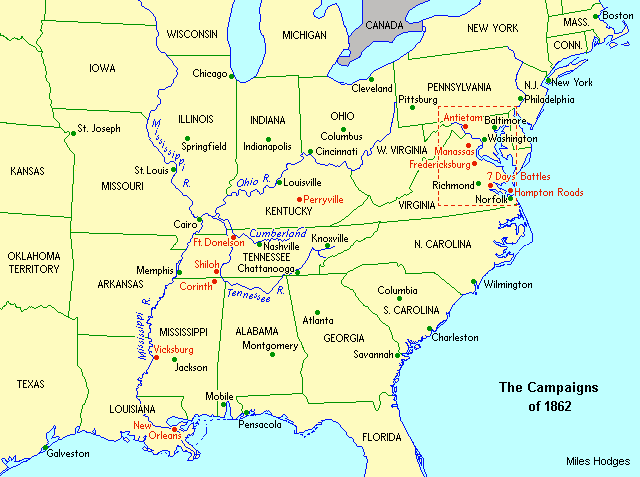
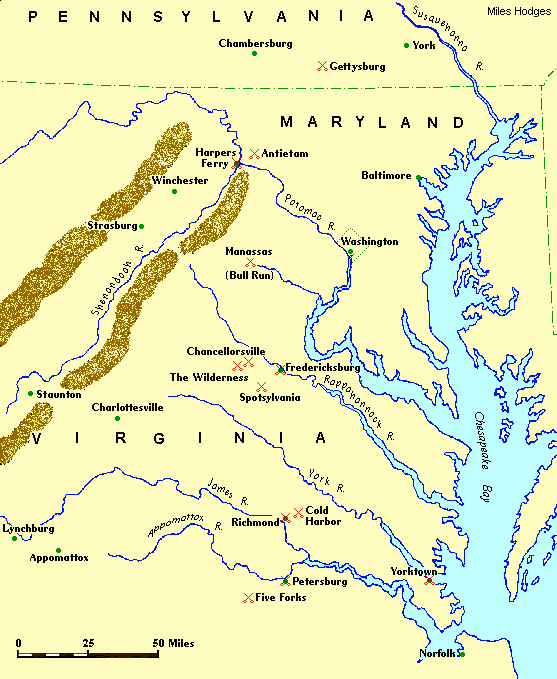

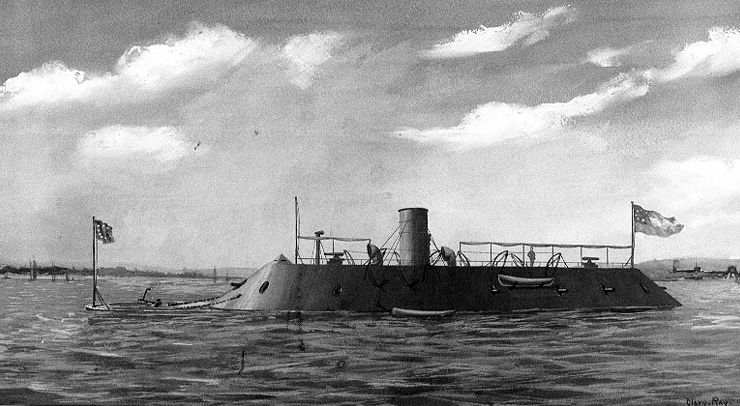
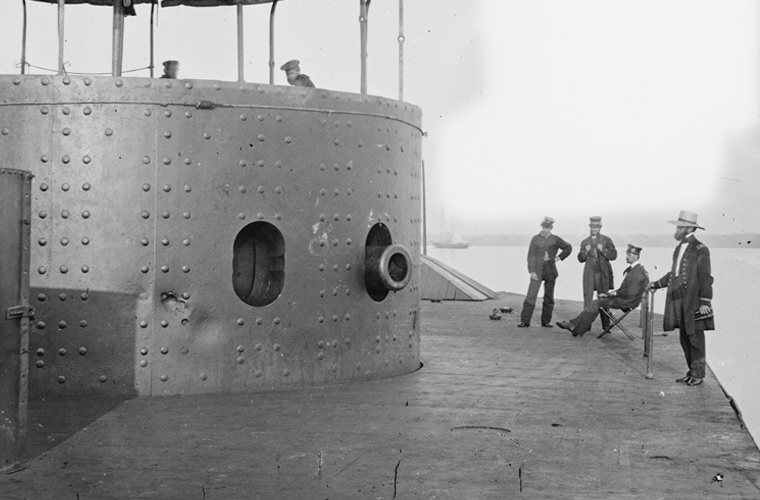
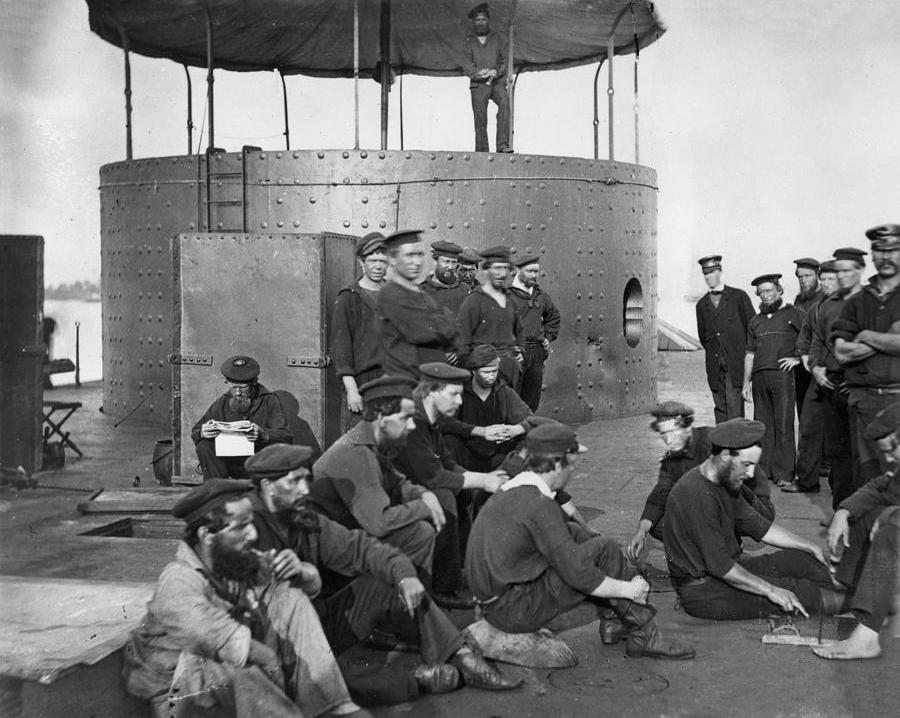
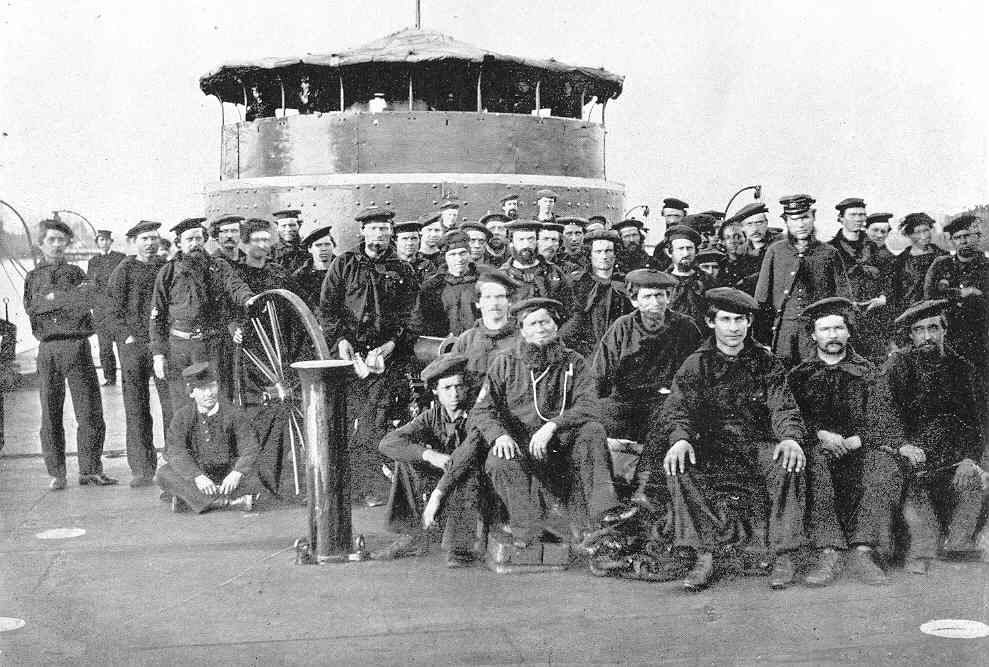
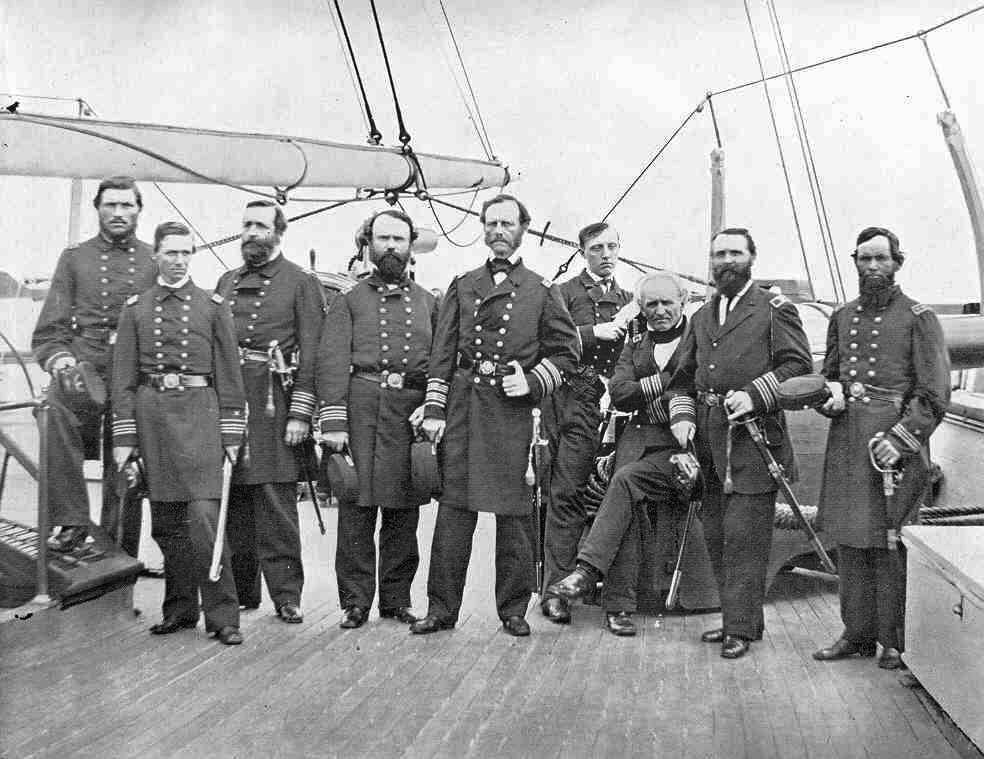
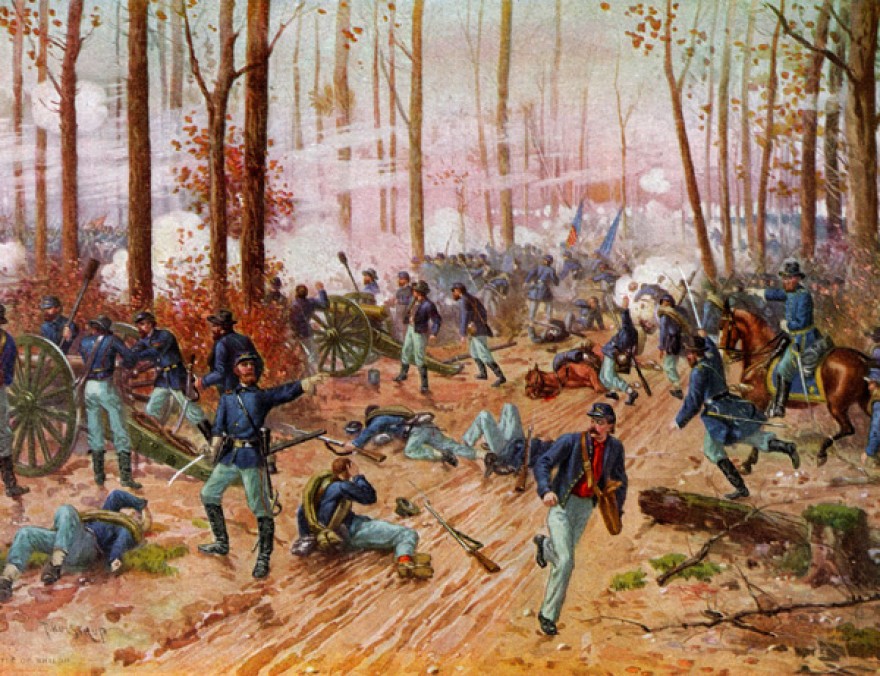
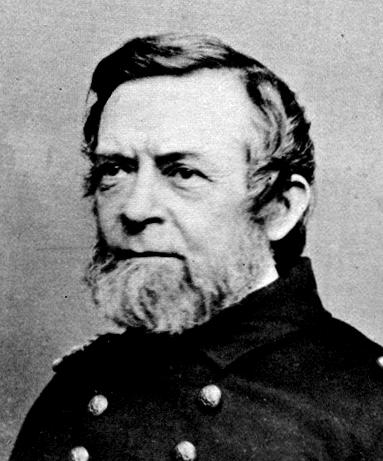
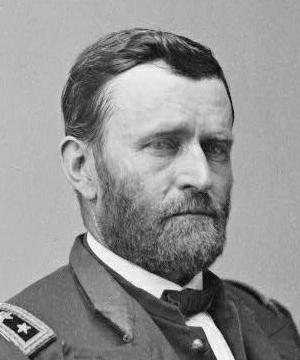
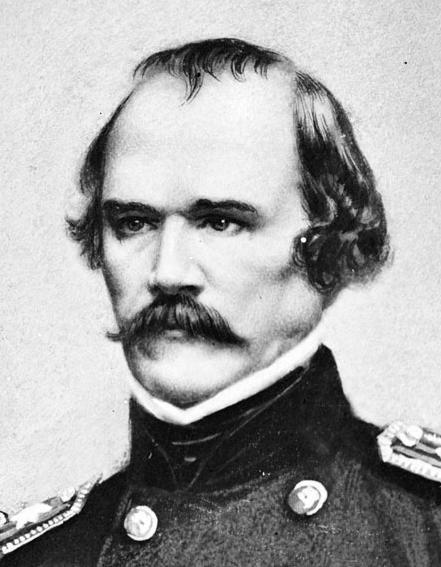
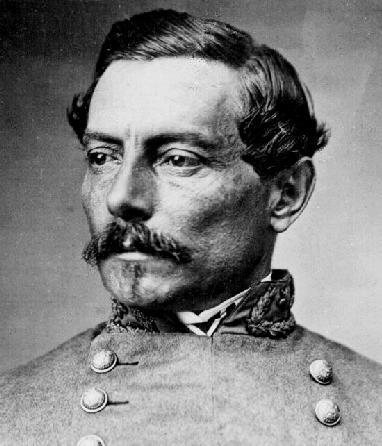
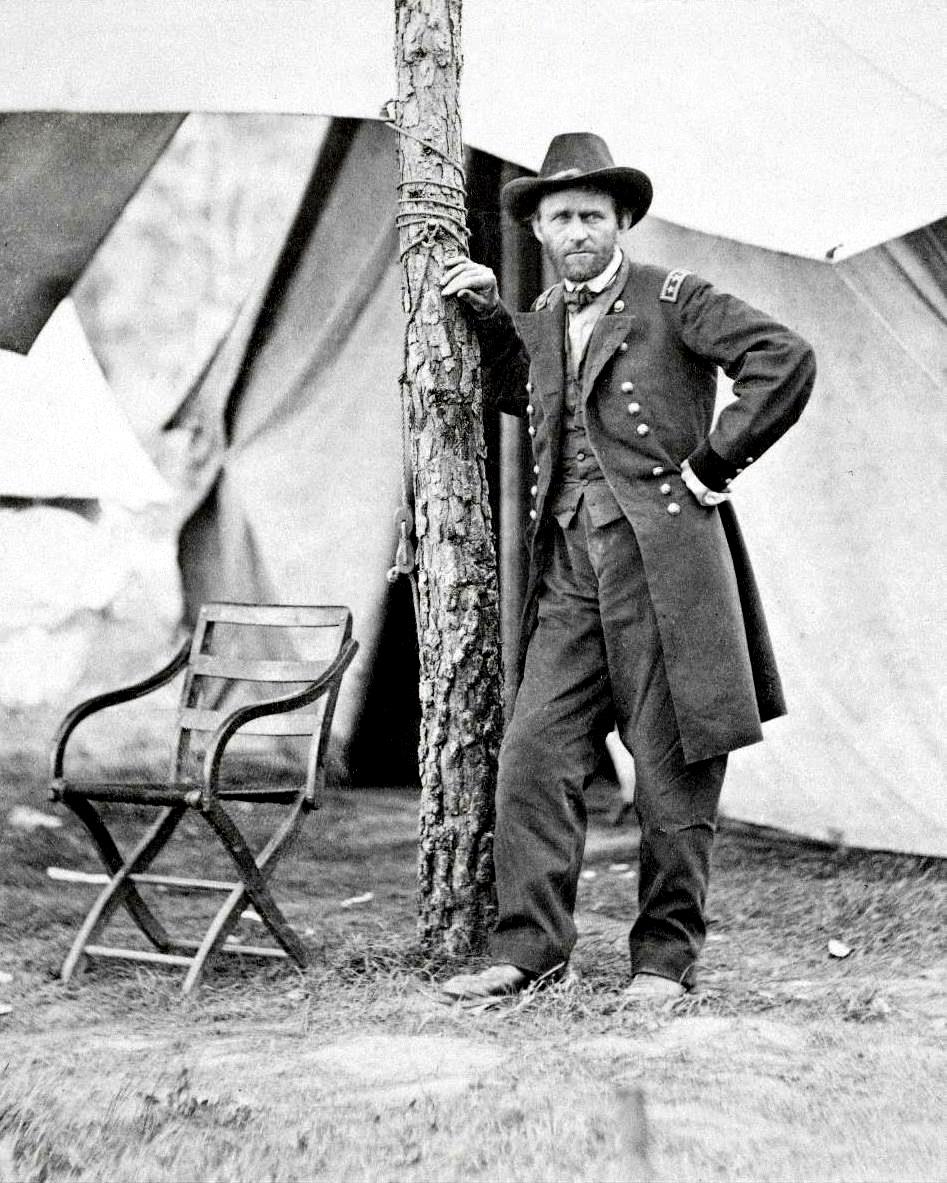
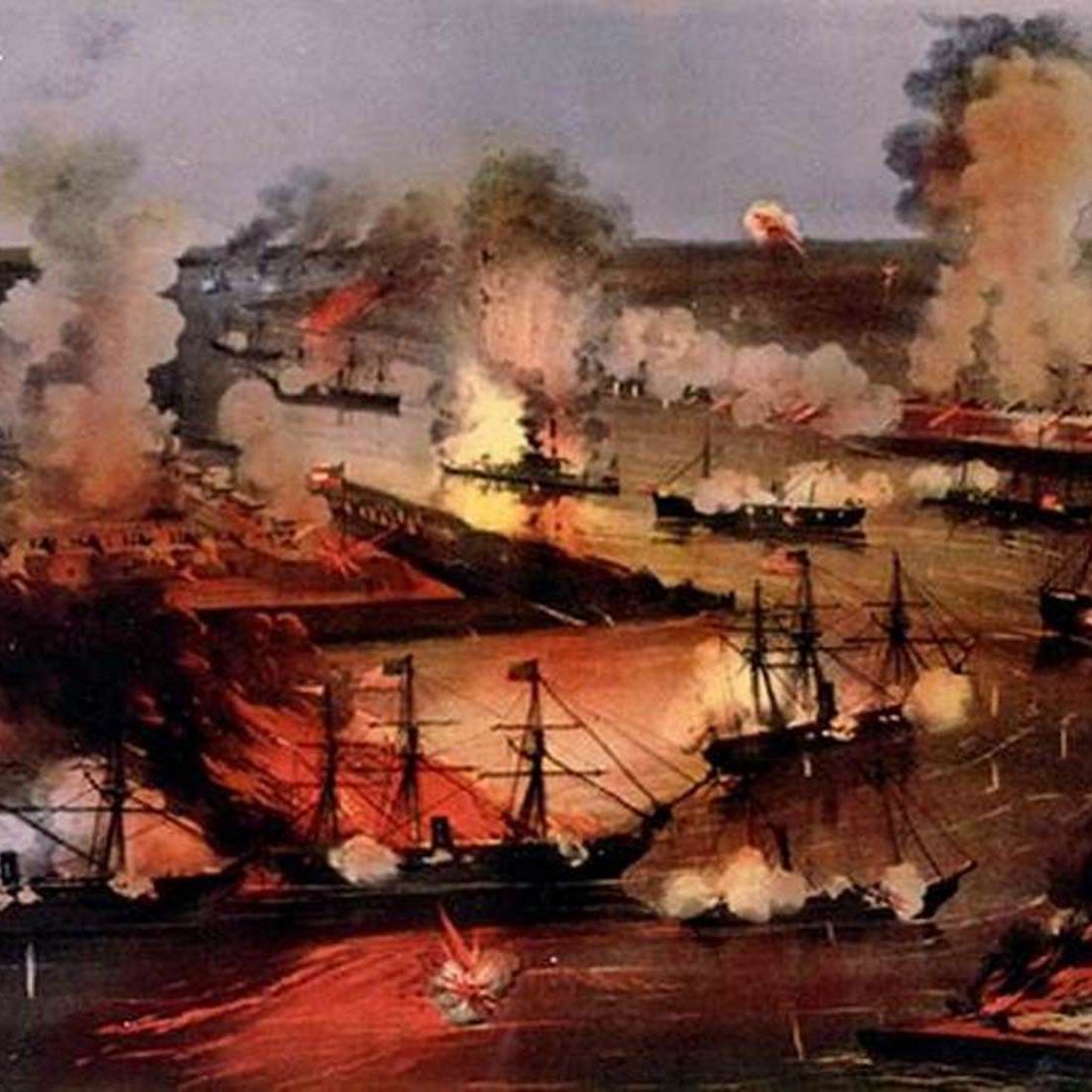
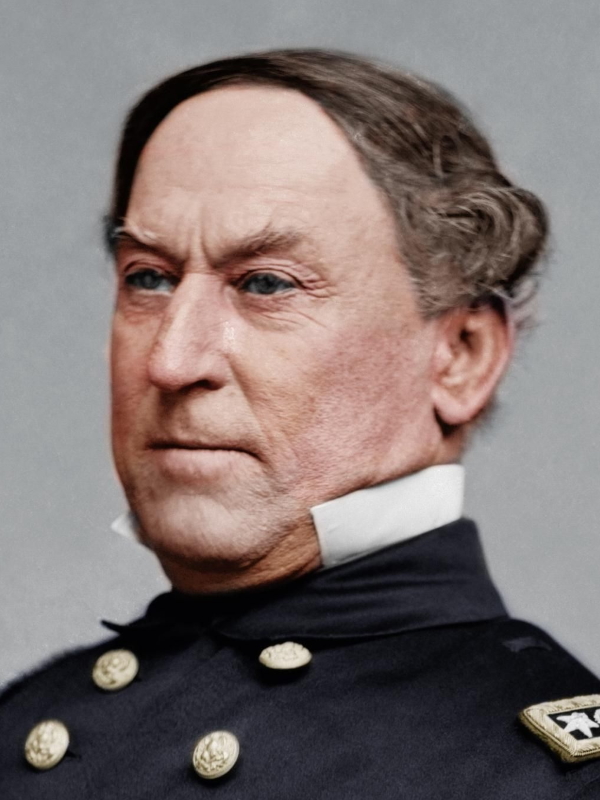
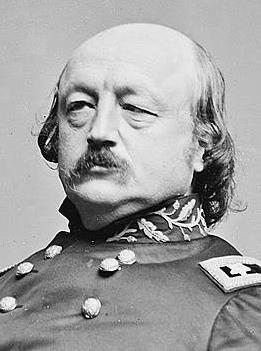
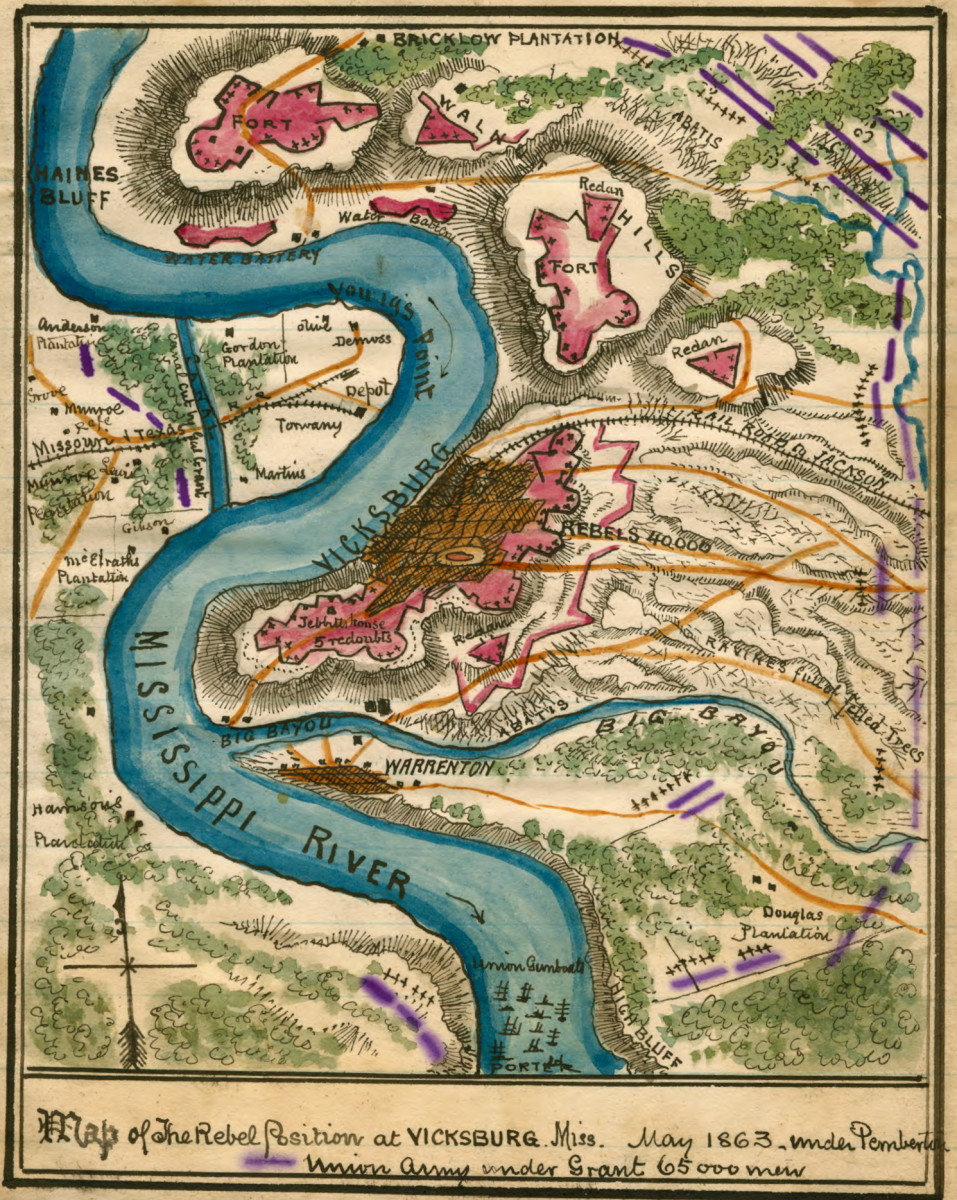
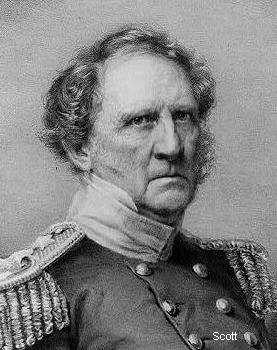
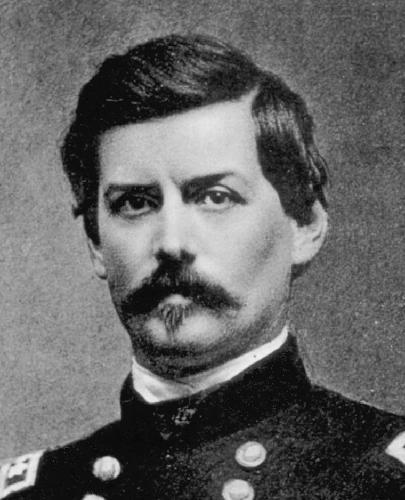
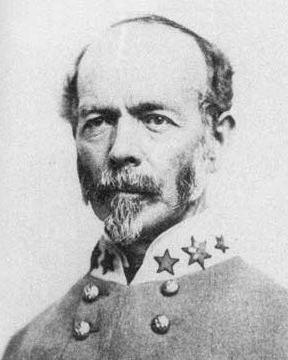
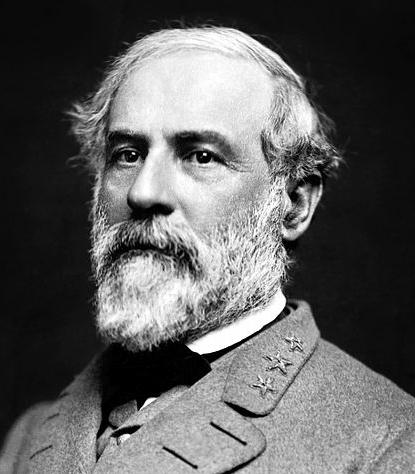
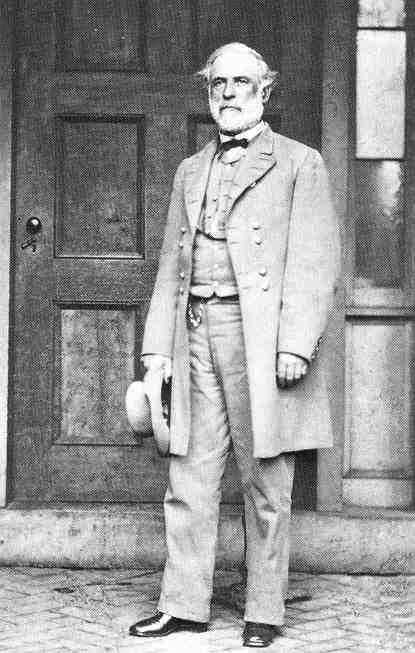
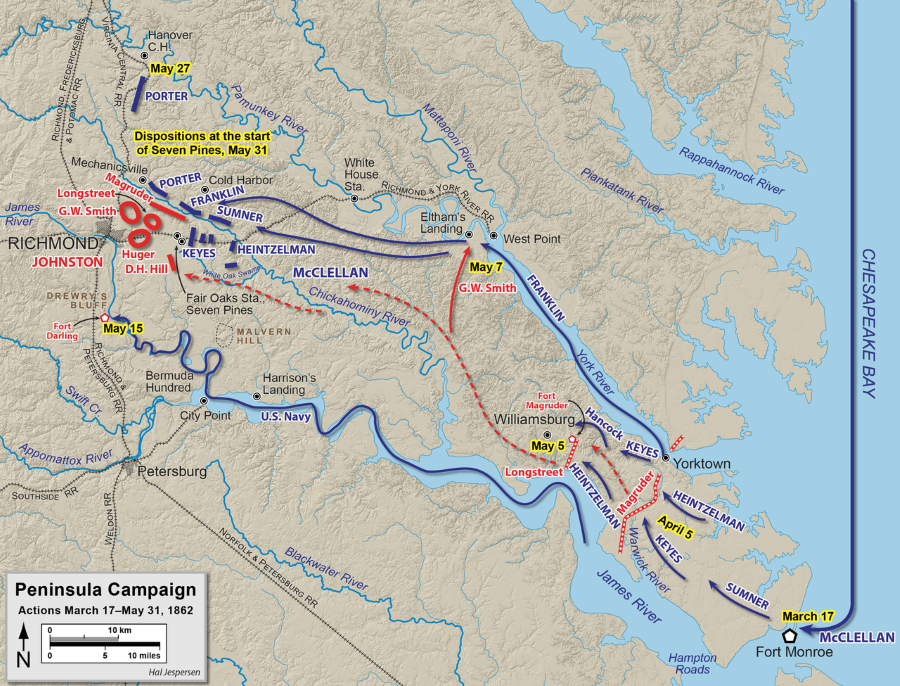
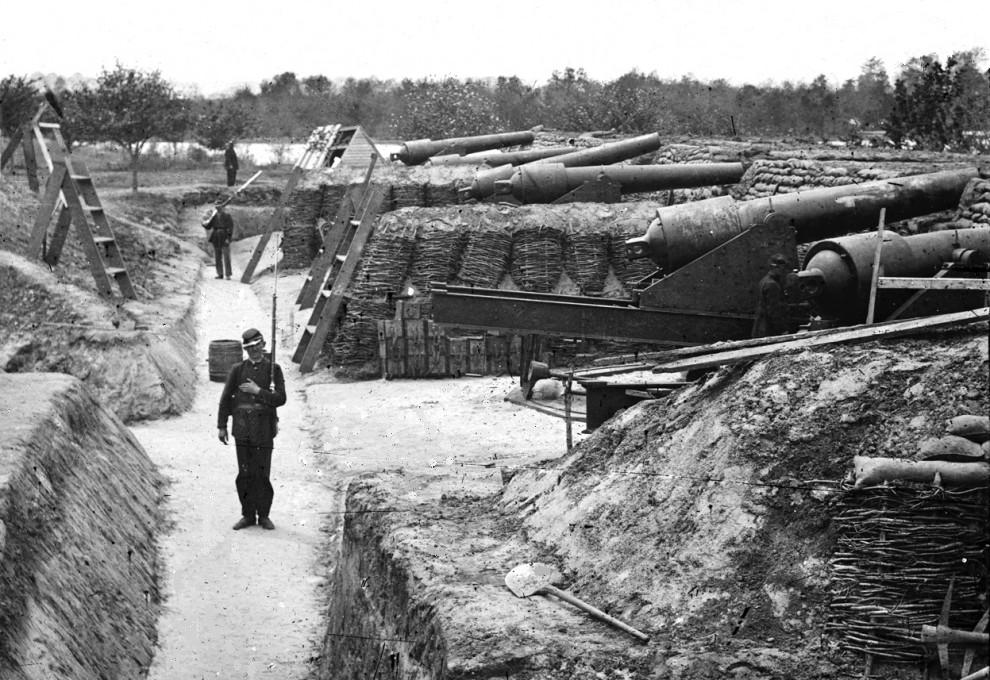
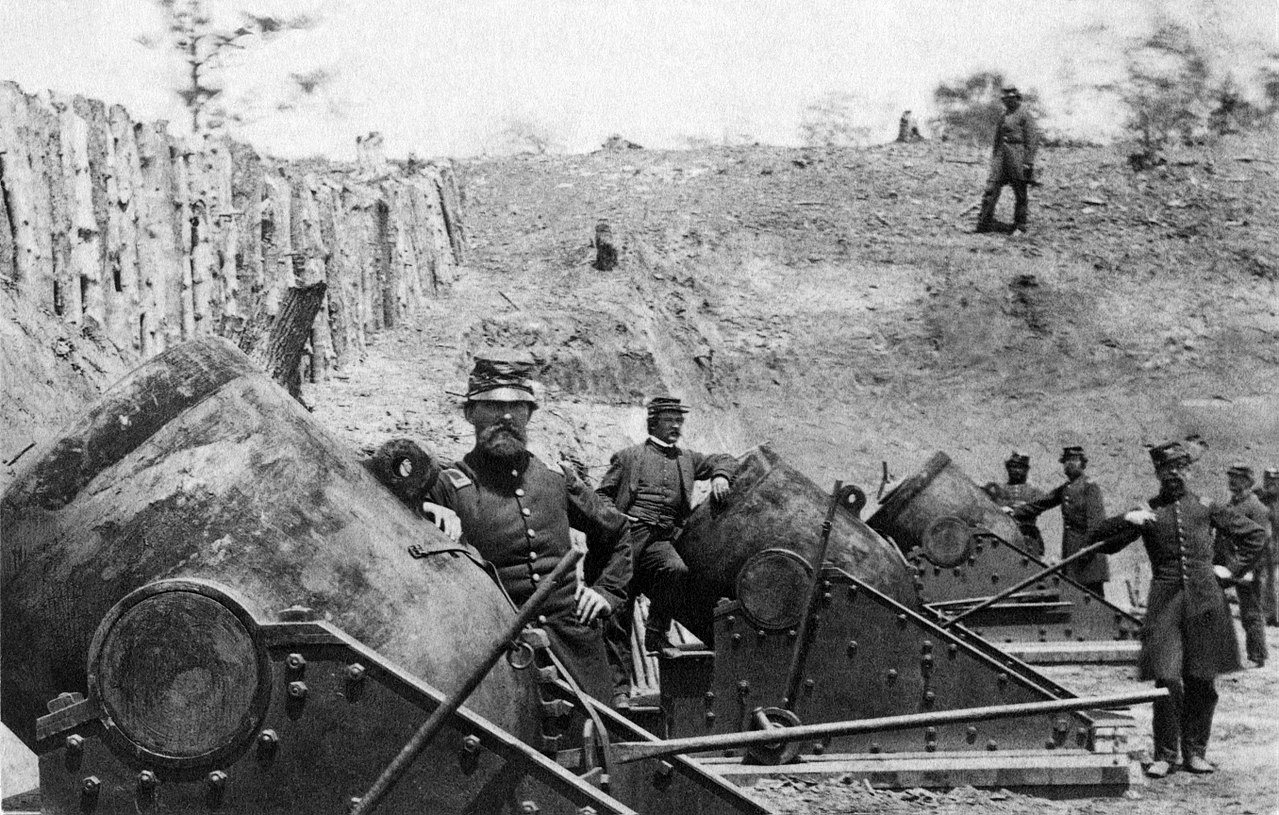
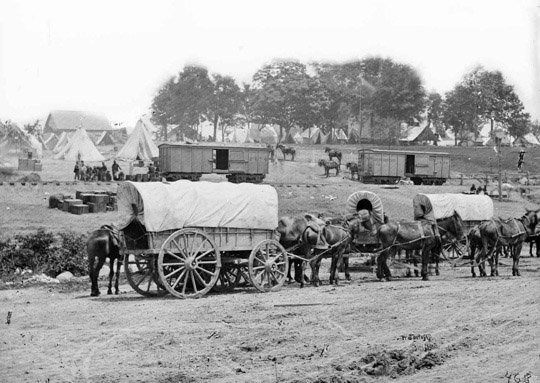
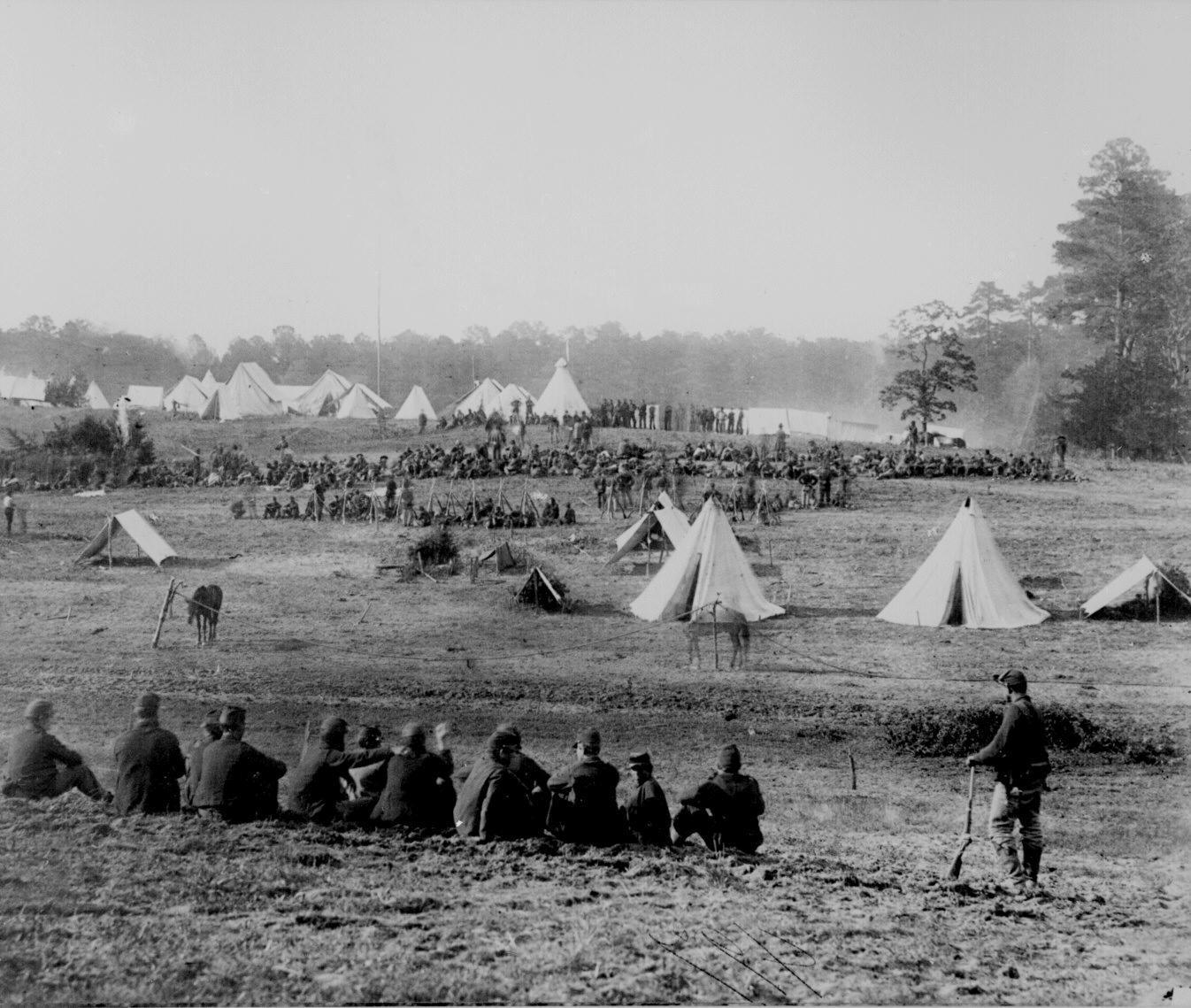
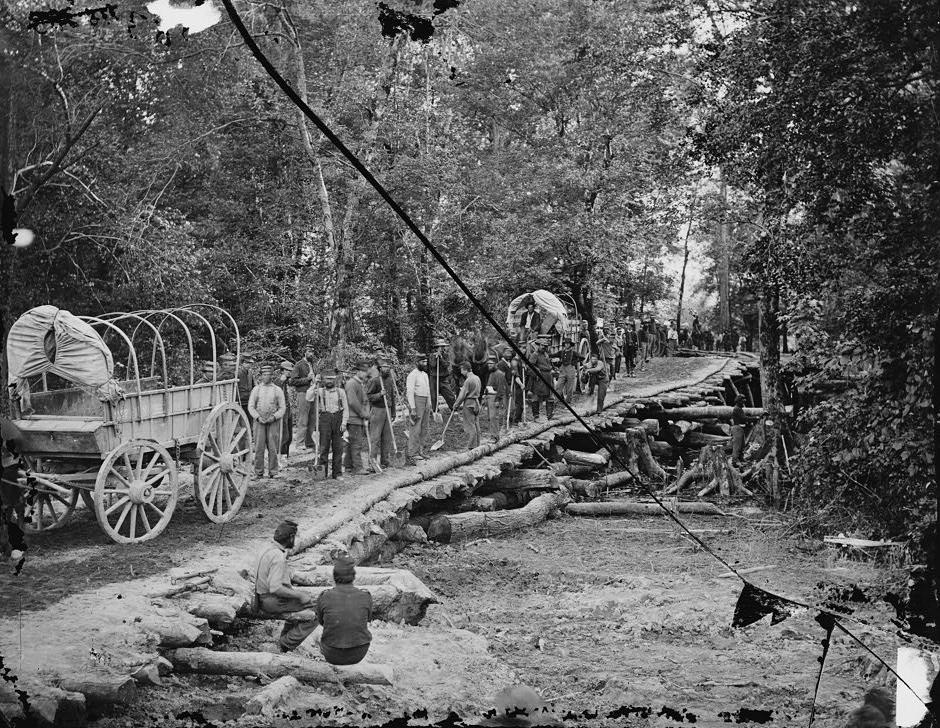
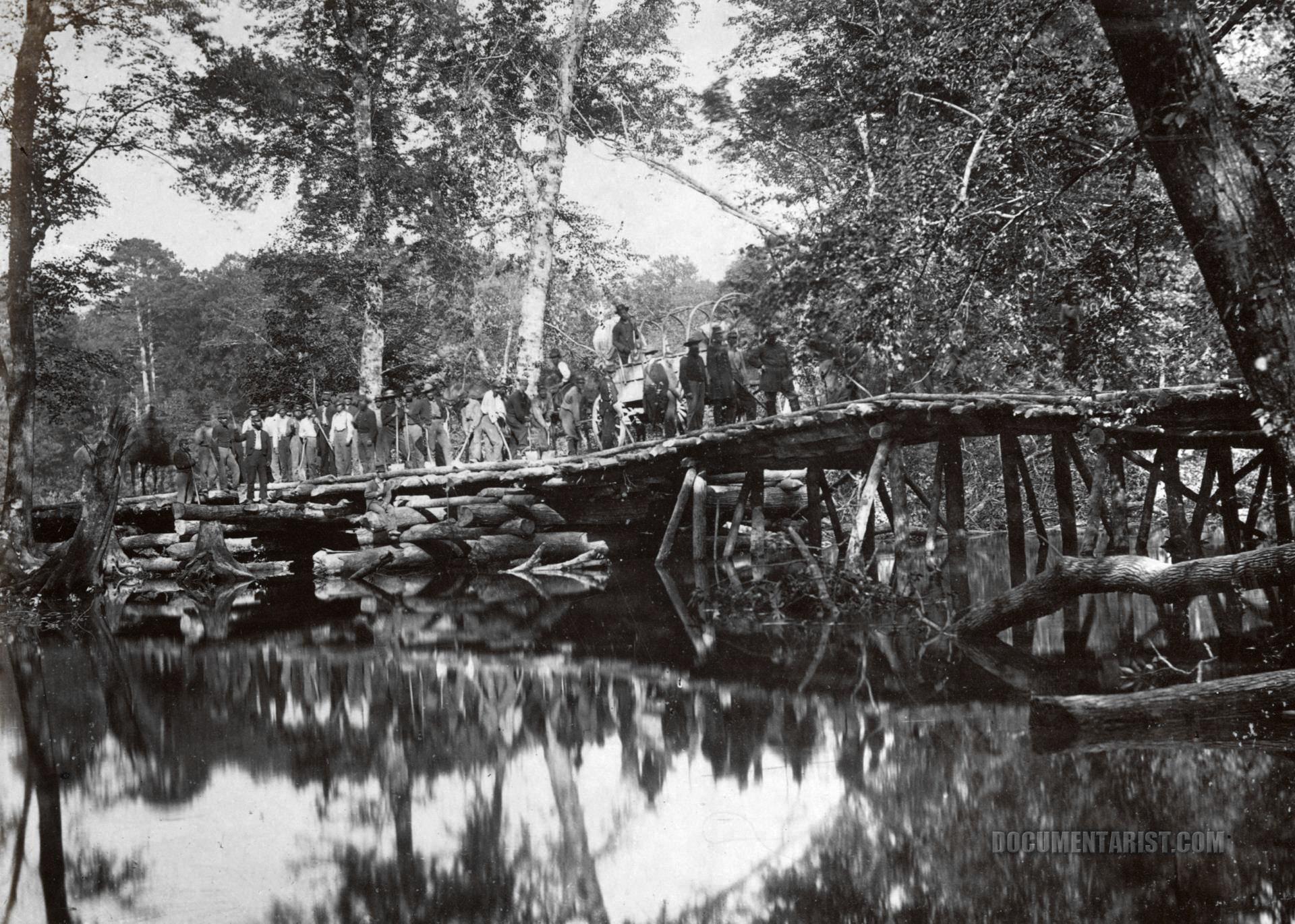
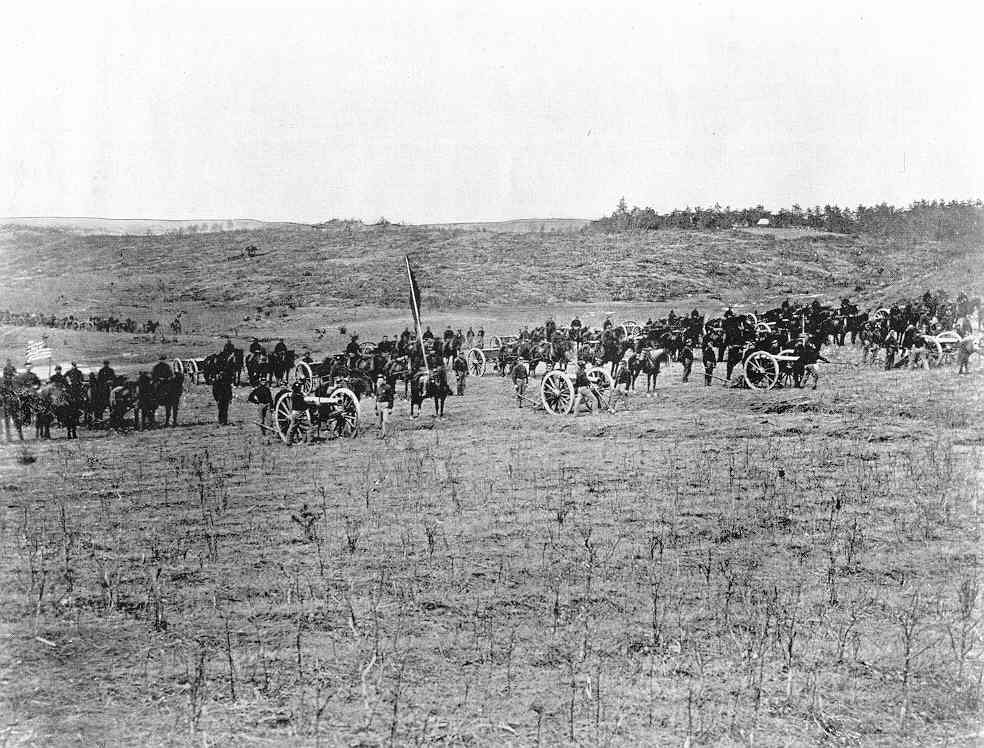
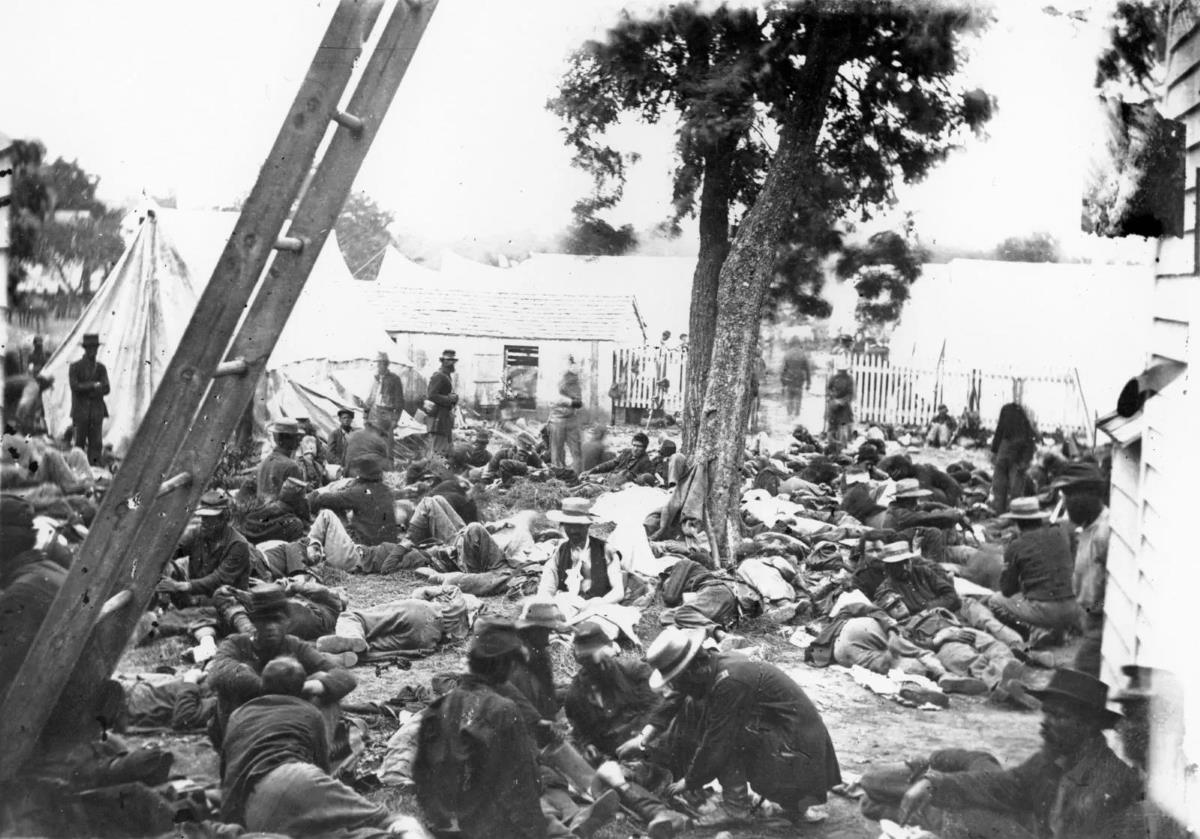
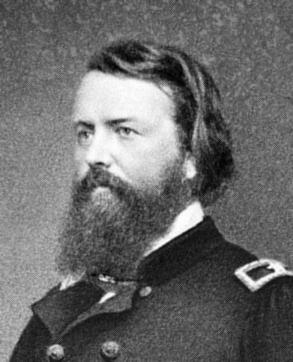
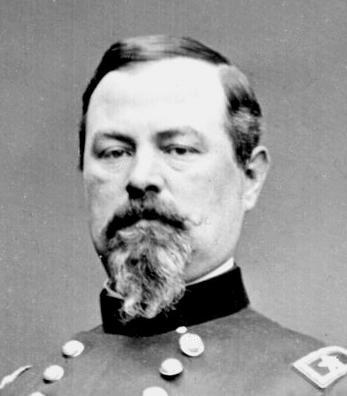
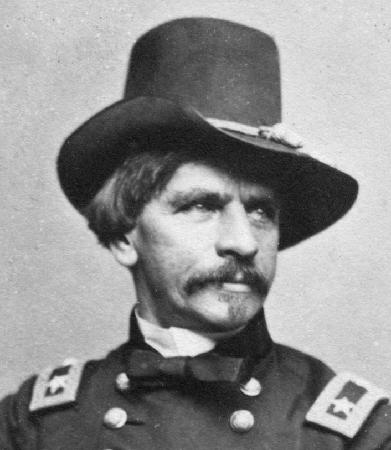
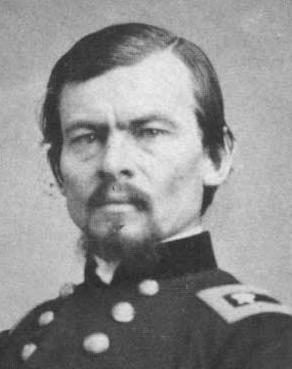
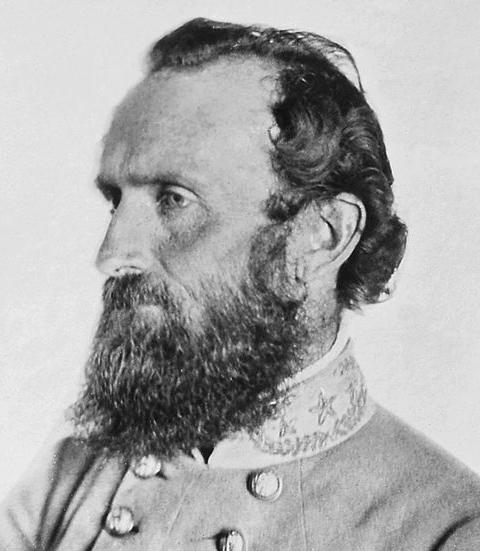
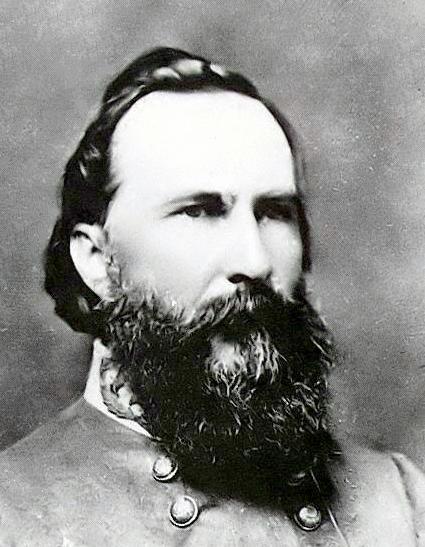
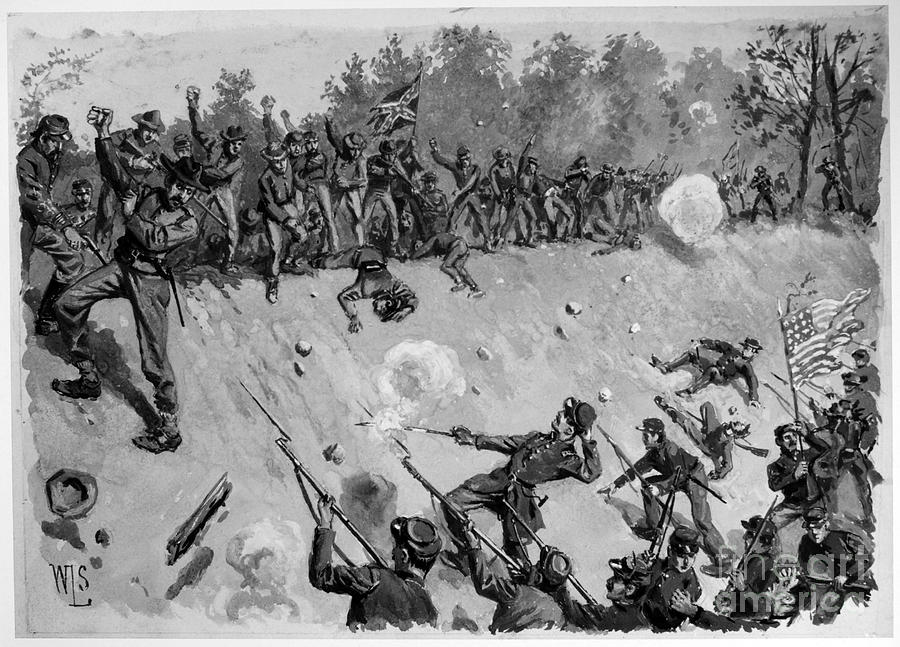
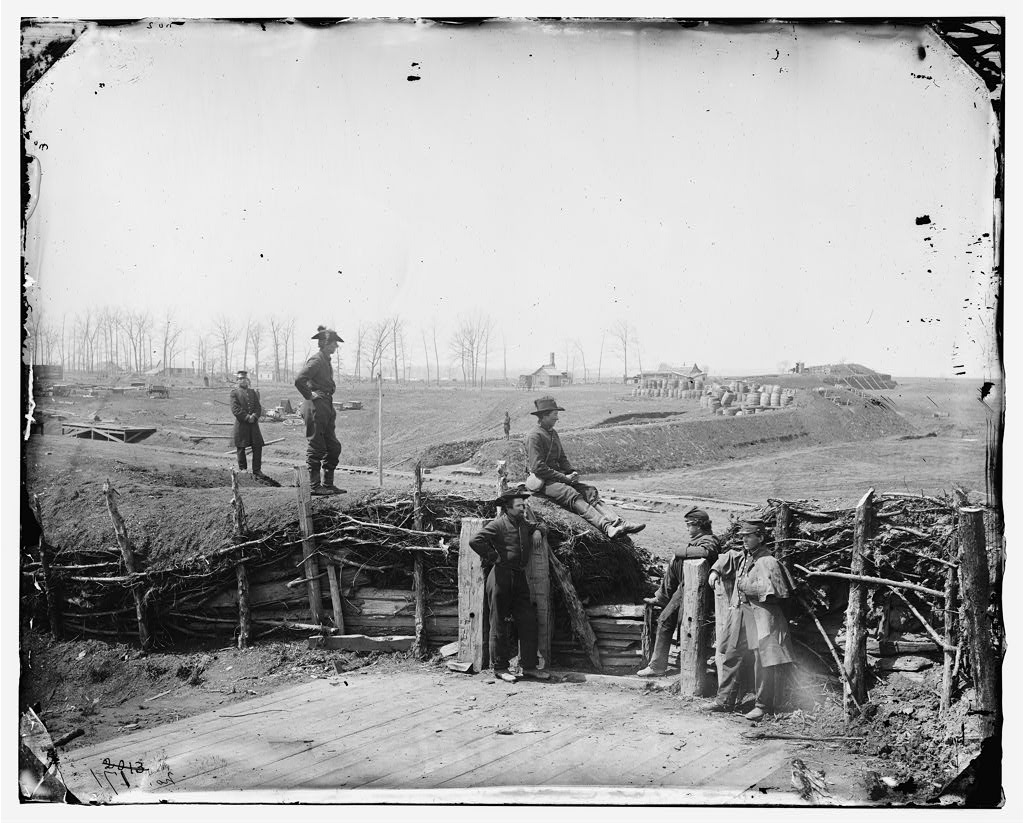
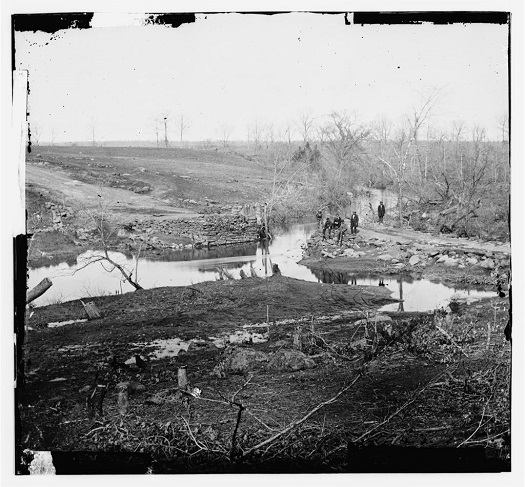
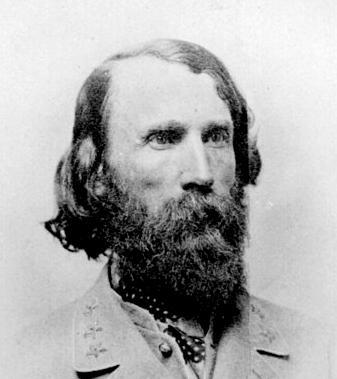
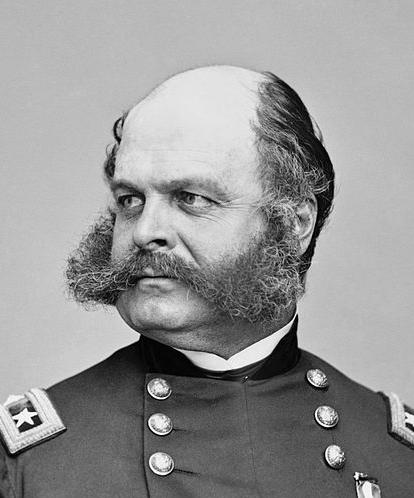
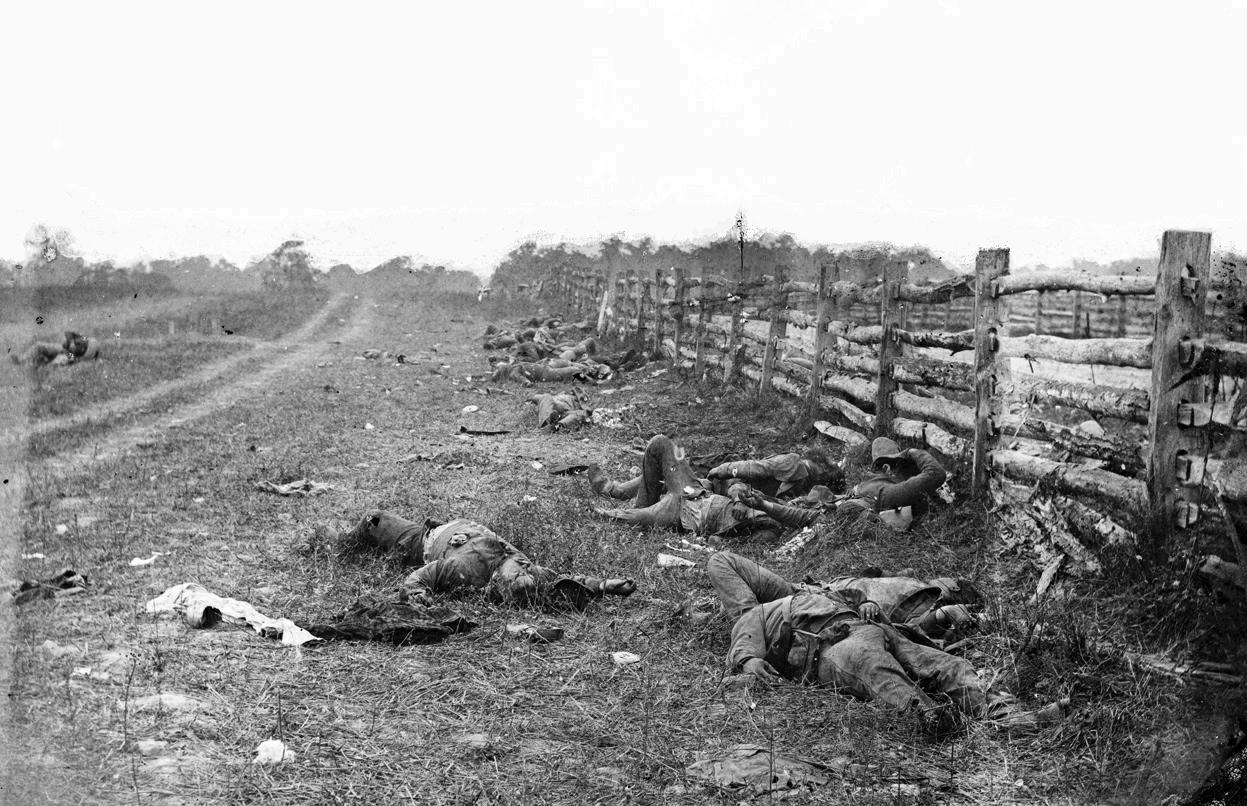
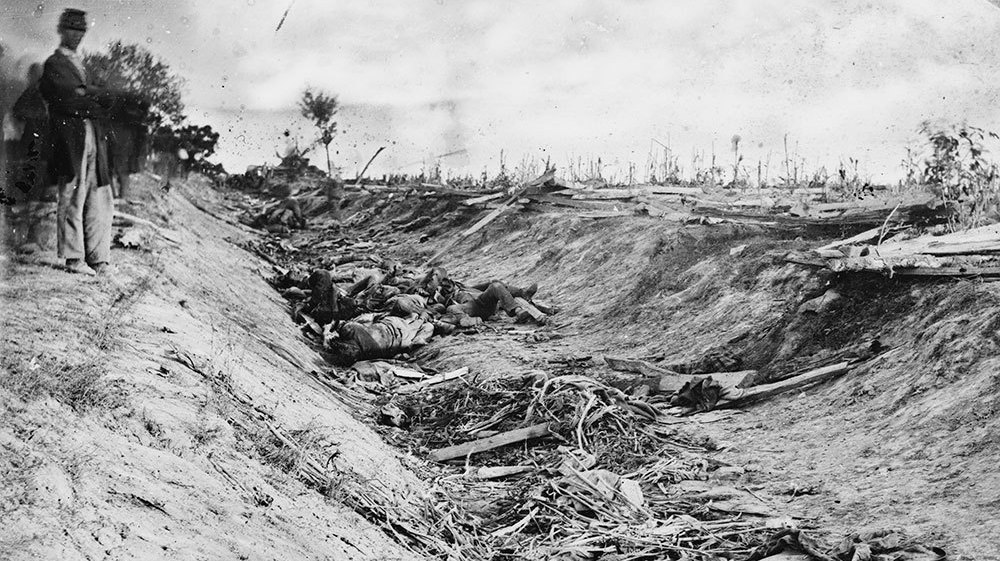
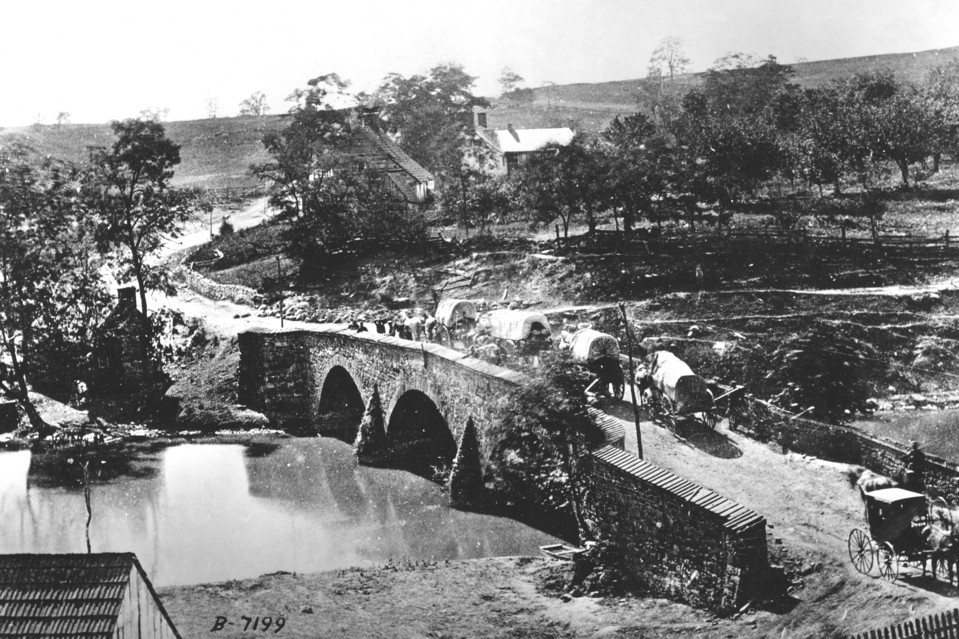
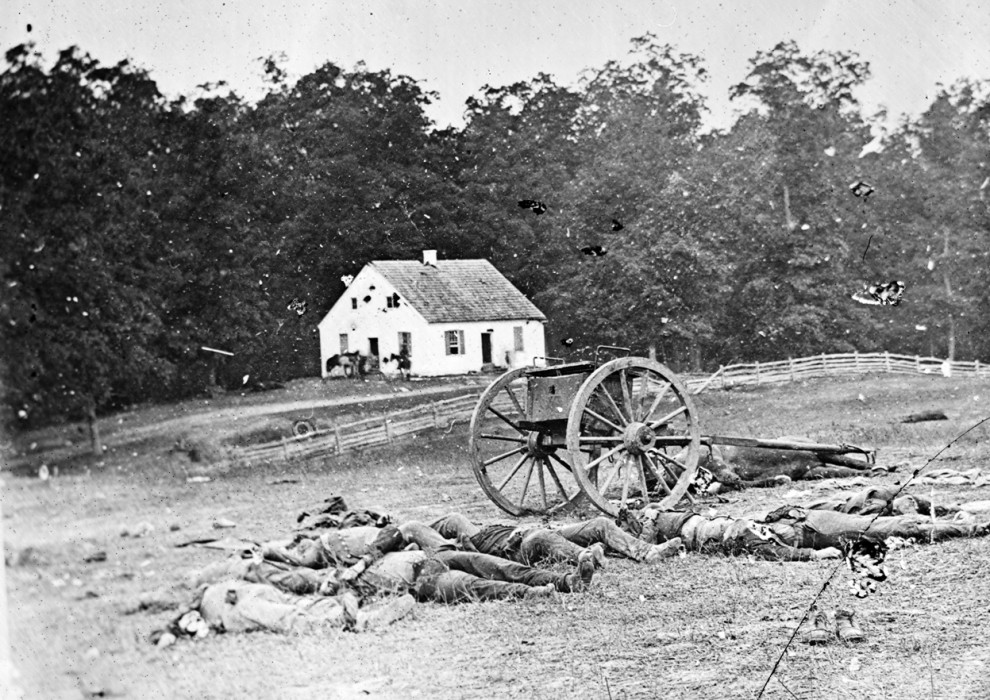
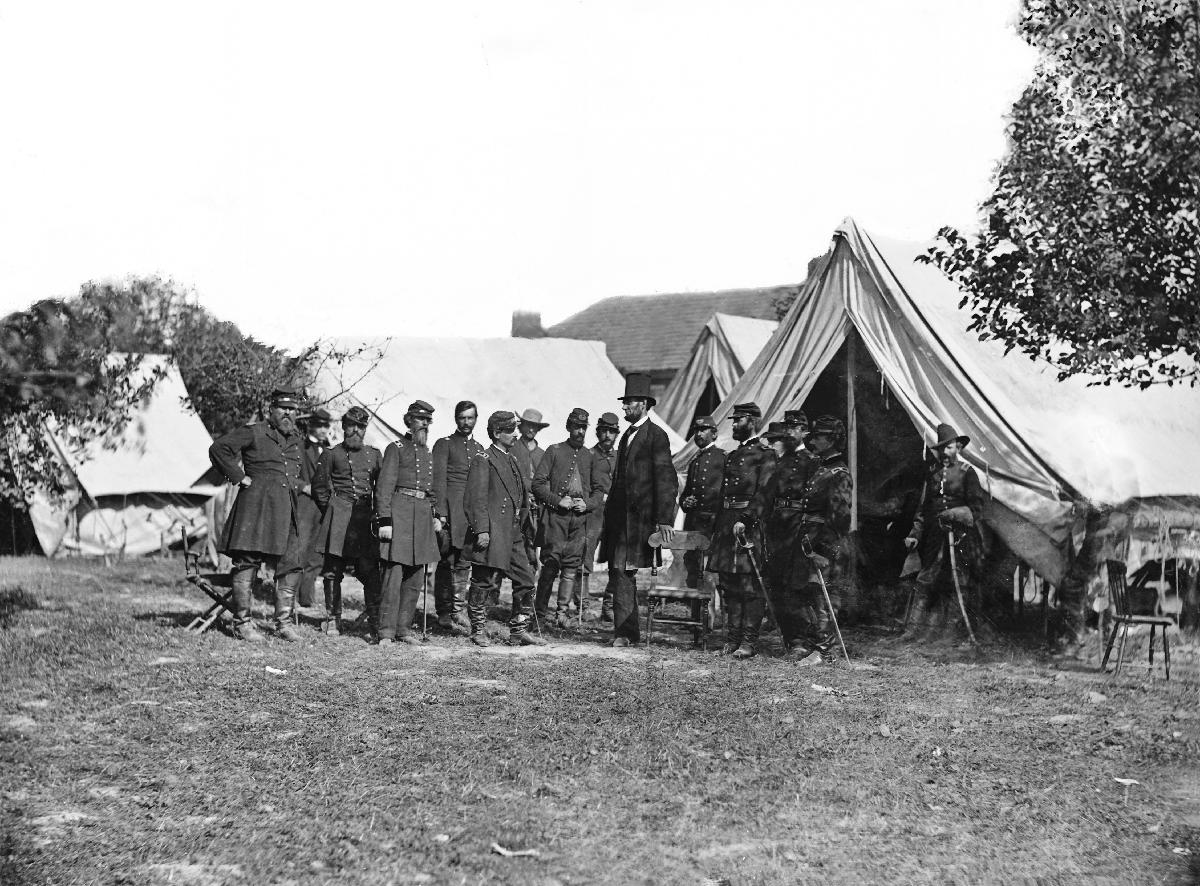

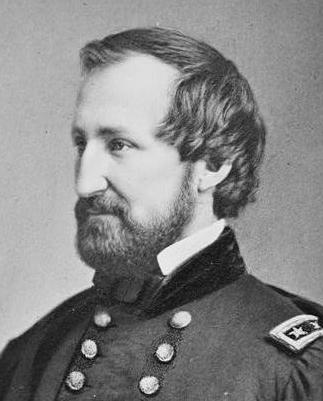
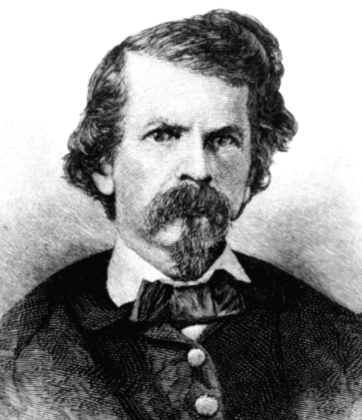
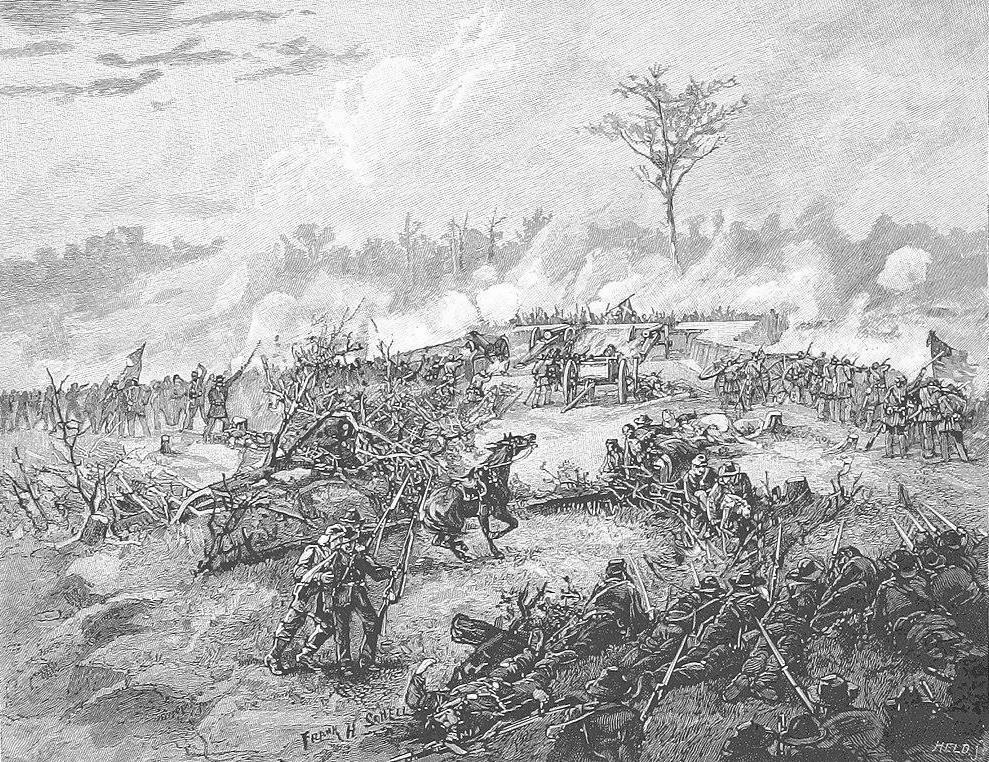
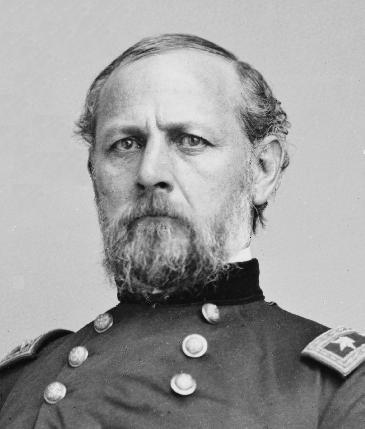
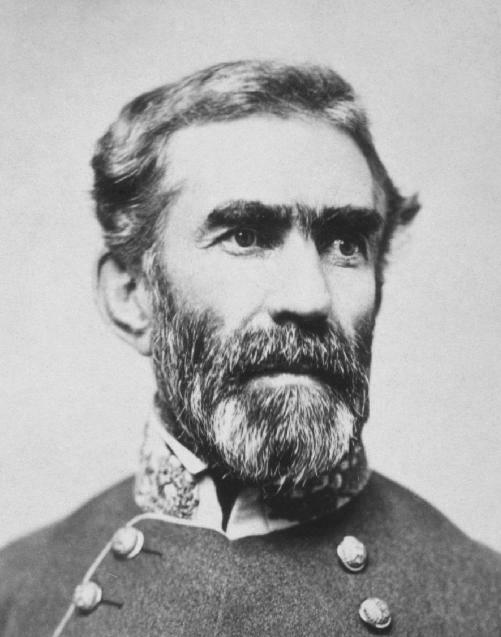
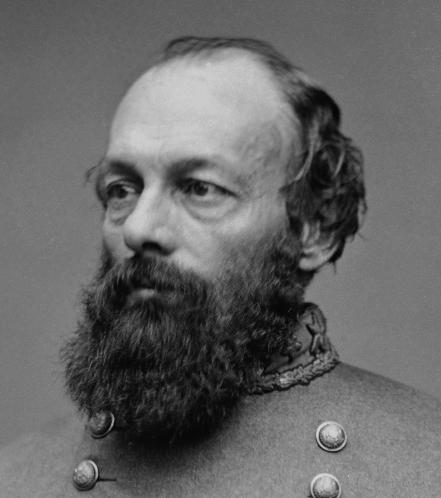
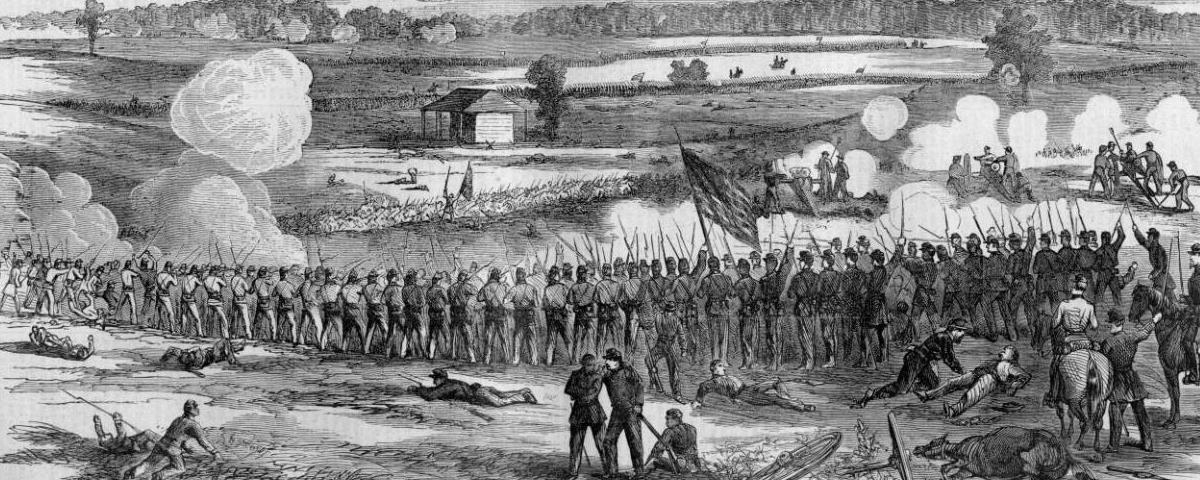
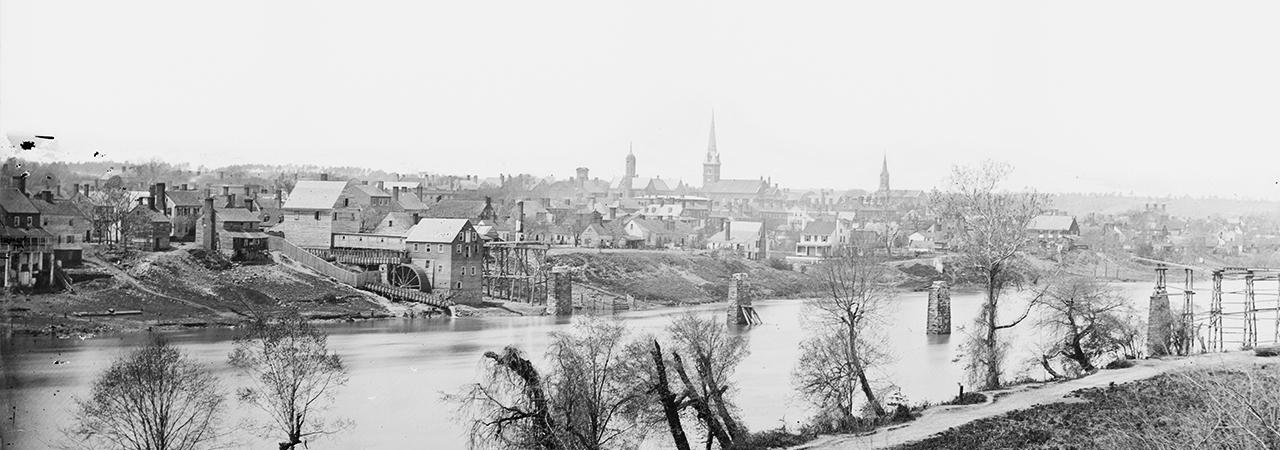
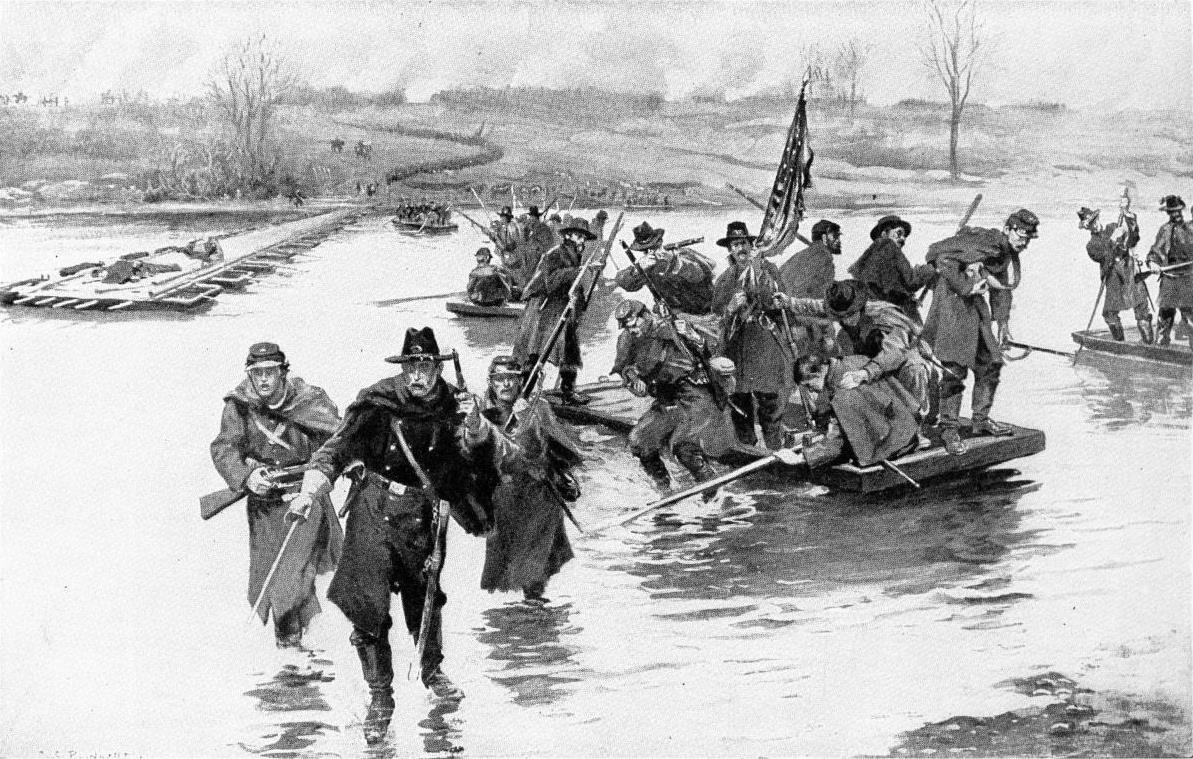
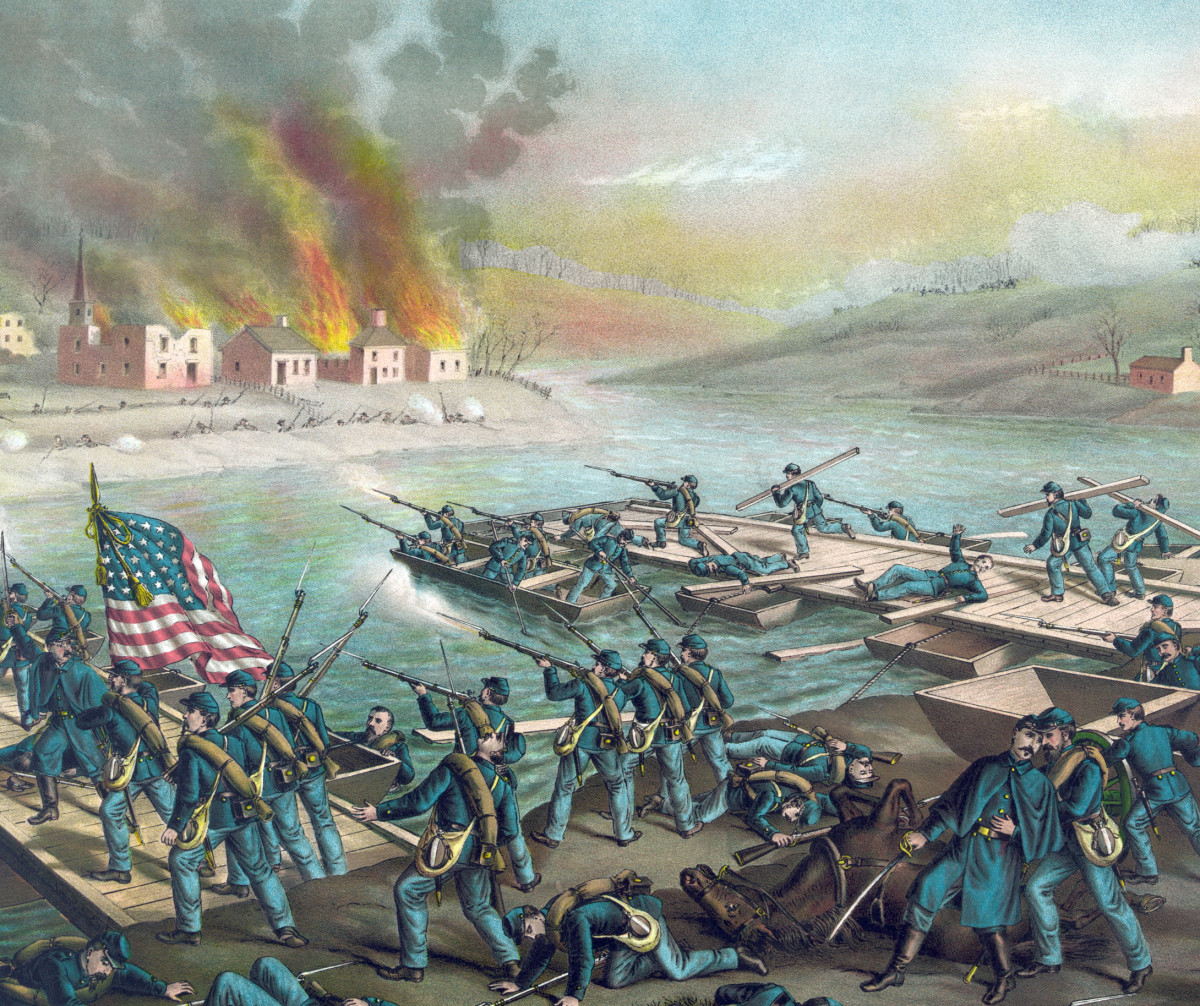
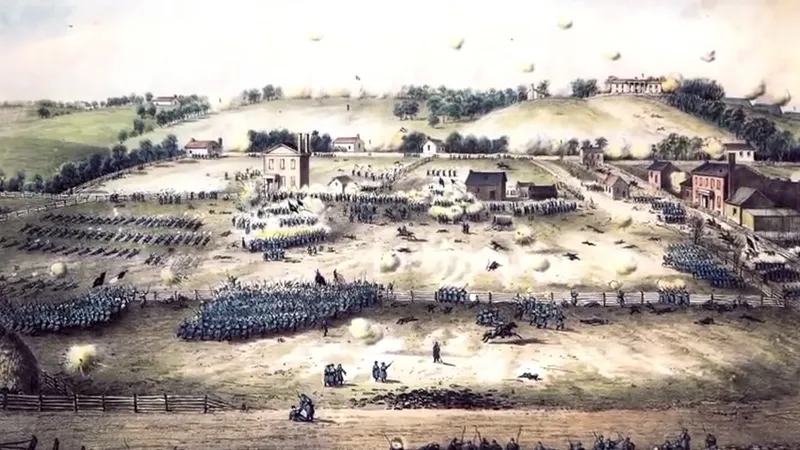
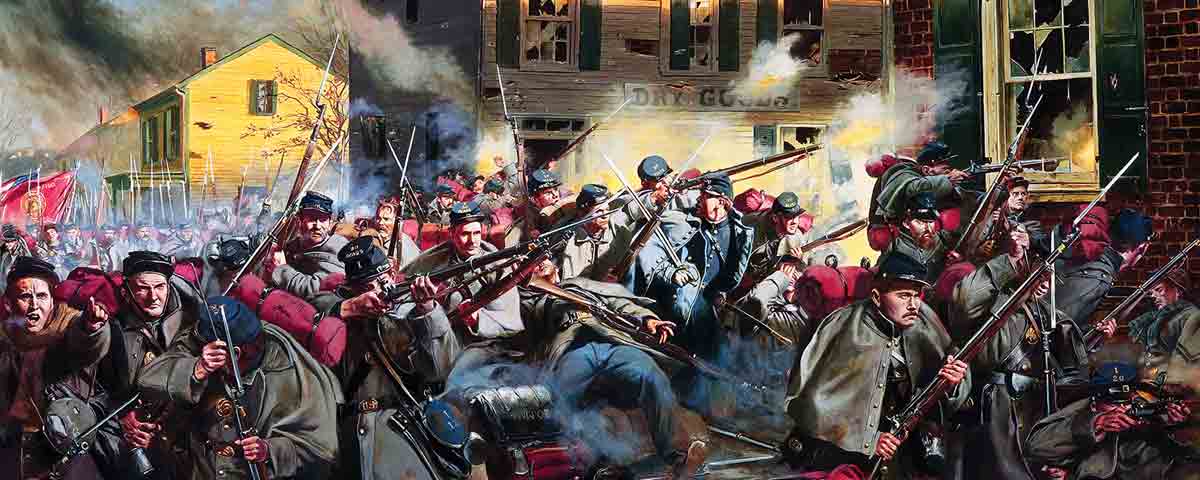

 Miles
H. Hodges
Miles
H. Hodges